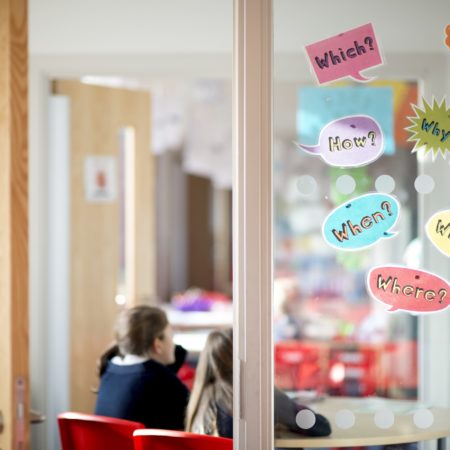Why Offsite is the Very Best Solution for Education Projects
Osborne Framework Manager Tim Parker discusses the benefits of using offsite construction over traditional building techniques for education projects. Tim argues in very basic terms, using offsite construction across the whole of an education project reduces costs and disruption for all concerned.
Manufacturing buildings and infrastructure offsite increases productivity, improves quality and reduces the environmental impacts in school building projects. Tim ads, by way of example, the Osborne InForm solution delivers 68% pre-manufactured value, maximising the benefits of lower carbon design and in house MMC capability.
Offsite construction methods significantly reduce the risks of accidents and injuries. The need for scaffolding is minimised and the associated complex electrical, windows, compartmentalisation, cladding, finishing work necessary. Tim adds it should be remembered that traditional construction is one of the most dangerous industries in the world. Replacing external onsite activities with a controlled internal manufacturing environment significantly reduces common on-site hazards such as working at height, slips trip and falls.
Offsite demands a comprehensive design process from a very early stage, this encourages clarity of design responsibilities, early finalisation and freezing the design and scope, in doing so this fosters a unified and collaborative approach in the project detailing. The design for offsite construction enables greater standardisation and the use of off-the-shelf products, both of which contribute to lower material cost. It also reduces waste of materials and off-cuts, which can be more easily managed and reused in a factory environment.
Offsite also has the potential to reduce the current labour and skills shortages in the construction industry, something that is only expected to worsen in the UK as industries complete for the attention of new talent. Moving roles away from long hours, unsociably and disruptive commutes and unpleasant external working environments into controlled factory environments will make the industry far more attractive to new entrants.
Internal manufacturing environments also provide certainty in testing and commissioning, with many M&E assemblies and modules taking place in clean and protected manufacturing facilities rather than on an often more chaotic construction site. Allied to this are several other environmentally friendly gains, which include reduced water and energy consumption, reduced road traffic movements and as previously mentioned a fall in labourer and operative travel.
Whilst on the environment and the planet, Tim adds that in the Osborne InForm solution 58% of the embodied carbon is sequestered/stored within the timber over the building’s life. Timber solutions have, on average, 75% less embodied carbon than masonry and metal-based build methods.
For more information on how Osborne can help you realise the benefits of offsite efficiencies for your school project and help the planet, please visit our website, or contact Tim Parker [email protected]

